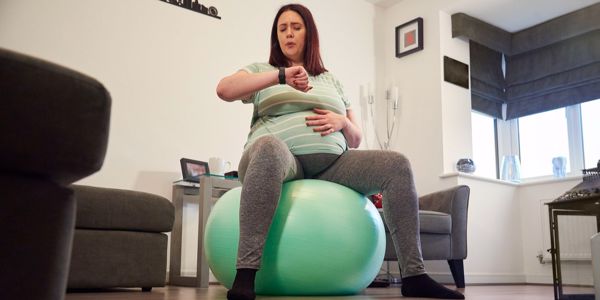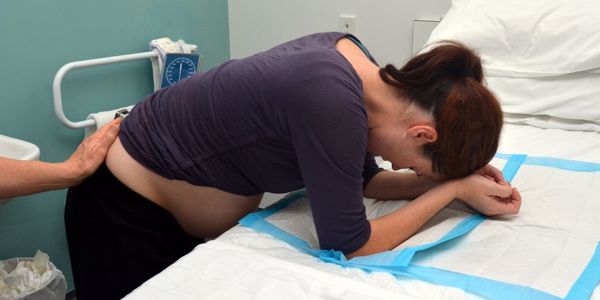Early Labor
Early labor usually kicks off with mild contractions—think light cramping, kind of like period cramps. These contractions help the cervix thin out, soften, and dilate up to 6 cm. You might notice a bit of pinkish discharge, which is totally normal and a good sign that things are moving along. This stage can be a bit unpredictable—it might last just a few hours, or it could stretch over a day or more. The best thing to do? Stay chill. Rest when you can, eat something nourishing, and keep going about your day until the contractions start demanding your full attention.
Active Labor
When labor kicks into gear, you’ll know it. Contractions become stronger, longer, and start coming closer together. This is when your cervix works its way from 6 cm to the full 10 cm.
During this phase, you might feel:
-
-
Hot or cold flashes
-
Leg cramps
-
Nausea or even vomiting
-
Pressure in your back or pelvis
-
Your water breaking (if it hasn’t already)
-
If you’re planning to give birth at a hospital or birthing center, now’s the time to go. Moving around, hopping in a warm shower or bath, and leaning on your support team can make a big difference. Many people naturally start looking for a quiet, dim space and use sounds—moaning, humming, or deep breaths—to help ride out each contraction.
The final part of the first stage is called the transition phase, when contractions are at their strongest and longest. This part of labor is intense. Contractions are strong and practically back-to-back. It's completely normal to feel like, “I can’t do this anymore” during this phase. Believe it or not, that’s usually a sign that you’re almost there.
Stage 2
Once you’re fully dilated, it’s go-time: pushing and delivering your baby. This stage can be short or long—it really depends on your body, whether this is your first baby, or if you’ve had an epidural.
Pushing often feels like a release because now you’re actively working with your contractions instead of just riding them out. You can try different positions to find what feels best:
-
Squatting
-
Hands-and-knees
-
Kneeling or sitting
-
Curling forward or leaning back—whatever helps
Some people use mirrors or ask their provider for feedback so they can push more effectively. Your care team will guide you and cheer you on as you bring your baby into the world.
Your care team will monitor progress and offer feedback to ensure your efforts are bringing your baby closer to birth.
Stage 3
After your baby is born, your body still needs to deliver the placenta. Don’t worry—it’s way easier than delivering your baby. The placenta doesn’t have any bones, so it passes through more smoothly.
This usually happens within 30 minutes, but it can take up to an hour. Gentle pushing, standing, or just letting gravity help out can speed things up. Your provider will check the placenta to make sure it came out fully and looks healthy.
Stage 4
Labor doesn’t officially end when the baby is born. The early postpartum period—the first 6 weeks or so—is sometimes called the fourth trimester. It’s a time of recovery, bonding, and huge change.
Your job now? Rest, eat, stay hydrated, and ask for help when you need it. This stage can feel overwhelming, but it willget easier. Be kind to yourself—you just did something incredible.







